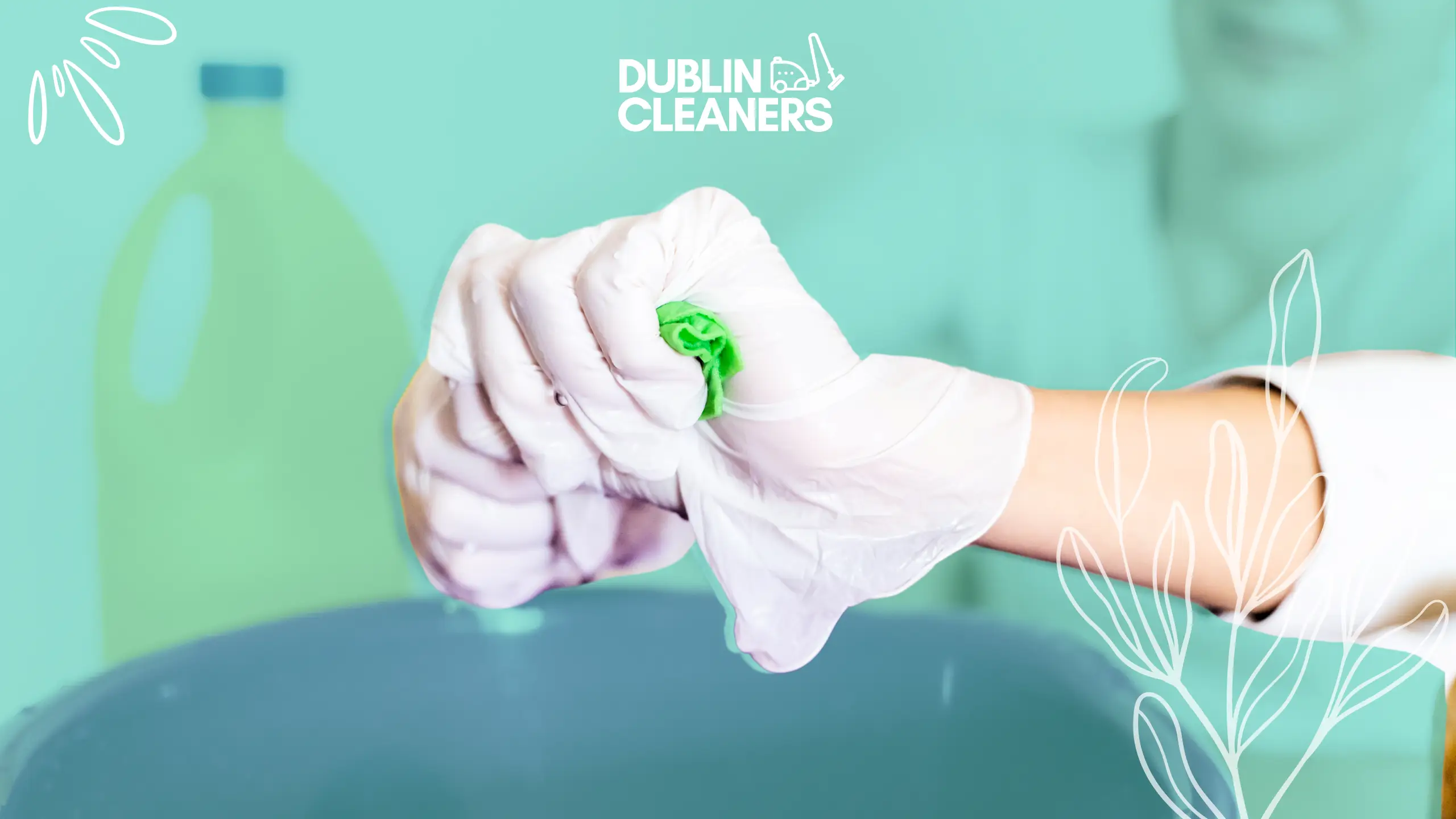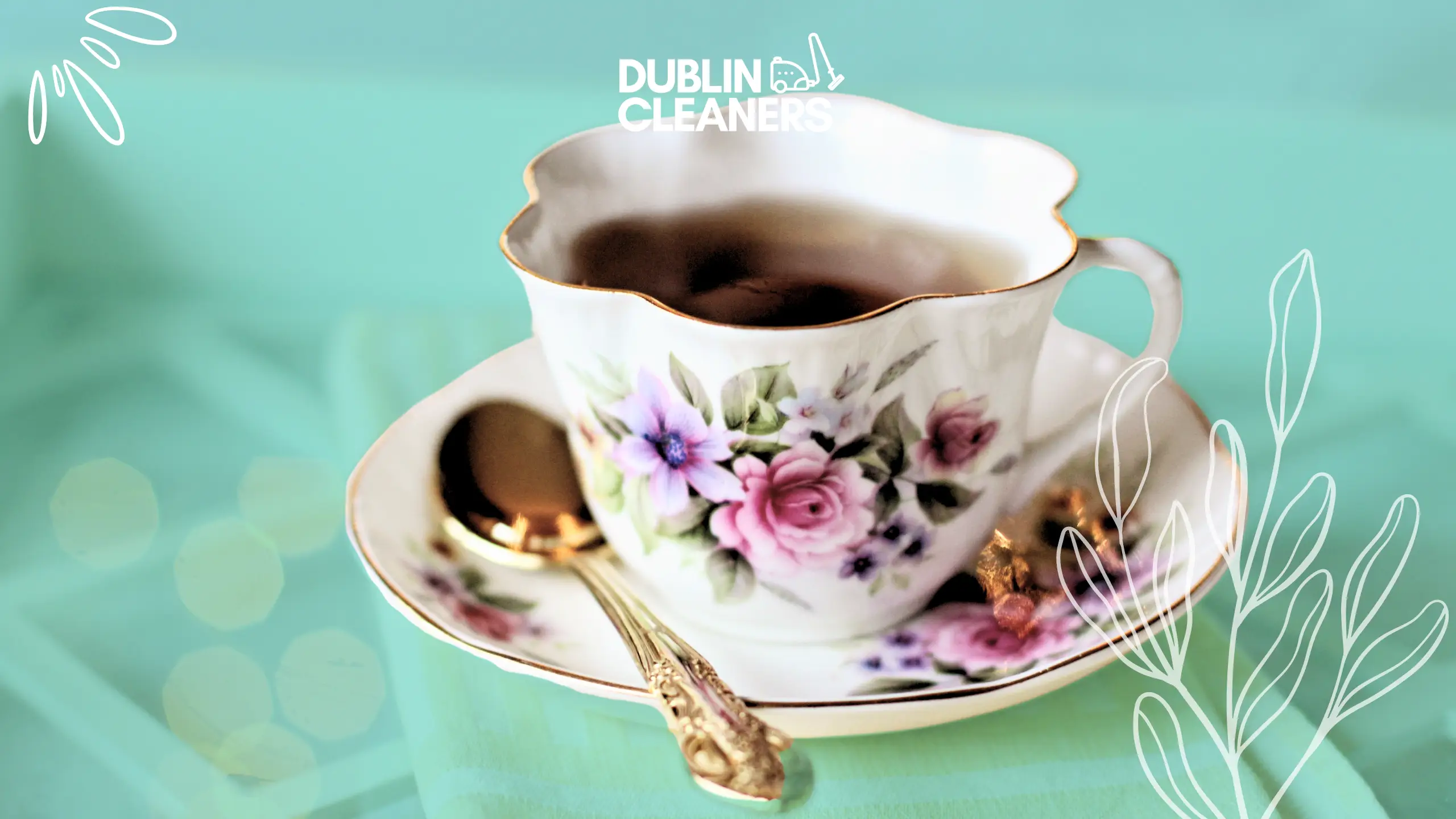Did you know that using too much bleach in your washer can damage it? The recommended amount of bleach is 1/2 cup (120 ml) per full load. This helps to disinfect and remove any built-up residue, mould, or odours. Run the machine on a hot wash cycle without any clothes to allow the bleach to circulate and clean the interior thoroughly. For best results, repeat this process every 1-2 months to keep your washing machine in top condition. Let’s dive into the details:
Key Takeaways
- Dilute bleach before using it to clean your washer to avoid damaging the machine or clothes.
- For front loaders, add bleach to the designated dispenser and run a hot cycle with no clothes.
- When cleaning a top loader, pour bleach directly into the drum and run a hot cycle.
- Regular maintenance, like wiping down the door gasket and leaving the door open after use, can prevent mould and odour.
- If you encounter issues like a bleach dispenser clog, refer to troubleshooting tips or consider eco-friendly alternatives like vinegar.
- Engage with our readers by sharing your experiences and tips for keeping your washer clean and odour-free.
Understanding Bleach Cleaning
Benefits
Using bleach to clean your washing machine offers several advantages. It is highly effective at killing bacteria and mould, ensuring a sanitary environment for your laundry. Regular bleach cleaning helps maintain a hygienic washer, preventing the build-up of harmful contaminants.
Safety Precautions
When using bleach for washer cleaning, it is crucial to follow essential safety measures. Ensure proper ventilation in the area to avoid inhaling fumes, smell cleaner, and always wear protective gear like gloves and masks. To prevent accidents and skin irritation, handle bleach carefully and store it out of reach of children.
Bleach Alternatives
For those seeking alternatives to bleach, white vinegar, soap, and water can be just as effective cleaner for cleaning your washer. Eco-friendly choices, such as vinegar and baking soda, offer powerful germ-fighting properties without the harsh chemicals found in bleach. These substitutes are gentle on the environment while still providing excellent cleaning results.
Preparing Your Washer
Inspection
Inspect your washer, cleaner with white vinegar, to identify areas needing attention and common issues that may arise.
Before cleaning, empty the washer to ensure effective cleaning and remove any remaining items.
Emptying the Washer
Consider factors when choosing bleach for washer cleaning, types available, and suitability for your specific washer type.
Cleaning Front Loader with Bleach
Measuring Bleach
To ensure effective cleaning, measure bleach accurately as per the manufacturer’s guidelines. Use too little and the cleaning might be ineffective. Avoid overusing bleach to prevent damage to your washer and clothes.
Understanding the significance of using the right amount of bleach is crucial for optimal cleaning results. Balancing effectiveness with safety is key in this process.
Incorporate precise measurements to avoid underusing or overusing bleach during the cleaning cycle. This ensures a thorough clean without damaging the washer.
Cycle Selection
Selecting the appropriate cycle when cleaning with bleach is vital. Different wash cycles on your washing machine cater to various needs. Choosing the correct cycle can enhance the effectiveness of the bleach cleaning process.
Knowing which cycle is best suited for bleach-based cleaning aids in achieving optimal results. Understanding each cycle’s function helps in selecting the most suitable one for your specific cleaning requirements.
Post-Cleaning Care
After completing the bleach cleaning process, it’s essential to follow specific steps for post-cleaning care of your washer. Maintaining a clean and hygienic washing machine prolongs its lifespan and ensures continued effective performance.
Learning how to maintain a hygienic environment within your washer involves implementing regular cleaning routines and following manufacturer guidelines. These practices contribute to maximising the effectiveness of bleach-based cleaning efforts.
Cleaning Top Loader with Bleach
Bleach Quantity
To effectively clean top loaders, it’s crucial to use the right amount of bleach. Measure carefully for best results. Using the correct bleach quantity ensures each wash is thorough and efficient.
Appropriate Settings
When cleaning with bleach in top loaders, select the appropriate settings for optimal cleaning. Adjust based on your washer’s requirements. Ensure you choose the ideal temperature and cycle settings for effective bleach cleaning.
Rinse and Dry
After cleaning your top loader with bleach, rinsing and drying are essential steps. Remove all bleach residues from the machine to prevent damage. Proper drying techniques help prevent mould growth, maintaining a clean washer.
Maintenance Tips
Regular Cleaning
Regularly cleaning your washer with bleach is crucial to maintain its performance and longevity. It helps remove dirt, grime, and bacteria that can accumulate over time. Establish a routine to clean your washing machine with bleach at least once a month.
To ensure optimal results, it is recommended to use around half a cup of bleach for each cleaning cycle. This amount effectively disinfects the washer without causing damage. By incorporating this practice into your routine, you can extend the lifespan of your appliance and keep it running smoothly.
Spot Cleaning
When it comes to spot cleaning your washer with bleach, focus on targeting specific areas that require extra attention. Use a diluted bleach solution and a cloth to clean areas prone to mould or mildew growth. Pay special attention to the detergent dispenser, door seal, and drum.
For stubborn stains or build-up, create a paste using bleach and water. Apply this mixture to the affected area, let it sit for a few minutes, then scrub gently with a soft brush. This method helps eliminate tough stains and odours effectively.
Preventing Mould
Preventing mould growth in your washer is essential for maintaining hygiene and efficiency. Regularly cleaning your washing machine with bleach can help prevent mould formation by eliminating bacteria and fungi. Leave the door open after each use to allow air circulation and prevent moisture build-up.
To maintain a mould-free washing machine, consider running a hot water cycle with bleach once a month. This practice helps disinfect the interior of the washer and prevents mould from developing in hidden areas.
Troubleshooting Common Issues
Odours
Bleach is effective in eliminating unpleasant odours from your washer by killing bacteria and mould. Causes of odours in washing machines include dampness and residue buildup. Regular bleach cleaning can maintain a fresh-smelling washer.
Stains can be tackled with bleach, which is especially useful for removing mildew stains. It is efficient in removing various types of stains like mould and mildew stains. Tips for treating stains involve pre-treating with bleach before regular wash cycles.
Residue
Preventing bleach residue involves using the correct amount of bleach for each load and ensuring thorough rinsing. Inadequate rinsing can lead to bleach residue, affecting the quality of your laundry. Proper rinsing ensures no leftover bleach remains after a wash cycle.
Eco-Friendly Alternatives
Natural Solutions
Switching to natural alternatives for cleaning your washer is a simple yet effective way to maintain cleanliness. These options, such as vinegar and baking soda, are both safe and environmentally friendly. They provide a powerful cleaning action without the harsh chemicals.
Exploring environmentally friendly options can significantly reduce your carbon footprint while ensuring your washer stays in top condition. The gentle yet effective nature of these solutions makes them ideal for regular maintenance. They are safe for your family and the environment.
The benefits of using natural solutions for washer maintenance are numerous. Not only do they help in keeping your appliance clean, but they also contribute to a healthier living space. By opting for these alternatives, you promote sustainability and reduce the impact of harmful chemicals on the environment.
Reducing Chemical Use
Understanding how to minimise chemical usage when cleaning your washer is essential for a greener approach. By adopting eco-friendly practices, you can effectively clean your appliance without exposing yourself to unnecessary chemicals. This not only benefits the environment but also enhances indoor air quality.
Learning about eco-friendly practices that focus on reducing chemical exposure is key to maintaining a clean washer sustainably. Implementing these tips not only preserves the longevity of your appliance but also contributes to a healthier home environment overall.
Discovering ways to maintain a clean washer without heavy reliance on chemicals ensures that you play your part in promoting environmental sustainability within your household.
Sustainable Practices
Exploring sustainable practices for washer cleaning involves making conscious decisions that benefit both your appliance and the environment. By opting for eco-conscious choices, you contribute positively towards reducing waste and pollution levels in your home ecosystem.
Learning how sustainable practices can make a difference in maintaining your washer helps create a more environmentally responsible household. By incorporating these methods into your routine, you actively participate in creating a healthier living space for yourself and your loved ones.
Engaging with Our Readers
Success Stories
Individuals successfully cleaned their washers with bleach, achieving hygienic results and optimal machine performance. Real-life experiences highlight the effectiveness of bleach for washer maintenance. Learning from others’ stories provides valuable insights into achieving a clean washing machine.
Expert Insights
Experts offer valuable advice on using bleach to clean washers effectively. Their tips and recommendations enhance washer maintenance practices. Professional guidance ensures maximum effectiveness when using bleach for cleaning purposes.
Video Guides
Accessing video guides offers visual demonstrations on cleaning washers with bleach. Step-by-step tutorials provide practical insights into proper bleach usage for washer maintenance. These videos offer effective tips for maintaining a clean and hygienic washing machine.
Final Remarks
Having a clean washer is crucial for maintaining your clothes’ freshness and cleanliness. By following the steps outlined in this guide, you can ensure that your washer remains free from dirt, grime, and bacteria. Remember to regularly clean your washer with bleach to prevent odours and mould build-up. Implementing the maintenance tips provided will help prolong your washer’s lifespan and keep it running efficiently. If you encounter any issues, refer to the troubleshooting section for solutions. Consider eco-friendly alternatives for a greener approach to washer cleaning.
Keep your washer in top condition by incorporating these practices into your routine. Your clothes will thank you for it!
Frequently Asked Questions
How does bleach help in cleaning the washer?
Bleach is a powerful disinfectant that kills germs and removes mould and mildew build-up in your washer, ensuring a hygienic environment for your clothes.
What is the recommended amount of bleach to clean a washer effectively?
For standard washers, use around 1 cup of bleach diluted in water. Adjust the quantity based on your washer’s size and manufacturer’s instructions for optimal results.
Is it safe to use bleach to clean both front loaders and top loaders?
Yes, bleach can be used to clean both types of washers effectively. Follow the manufacturer’s guidelines and ensure proper ventilation when using bleach for cleaning.
Are there any eco-friendly alternatives to bleach for washer cleaning?
Yes, consider using vinegar or baking soda as eco-friendly alternatives to bleach. They are effective at removing odours and stains while being safer for the environment.
How often should I clean my washer with bleach?
It is recommended to clean your washer with bleach once a month to prevent odours, bacteria build-up, and maintain its performance over time. Regular cleaning also prolongs the lifespan of your appliance.





